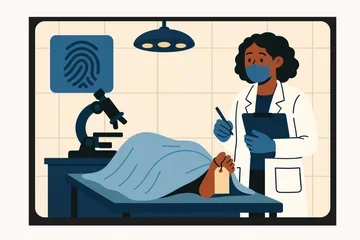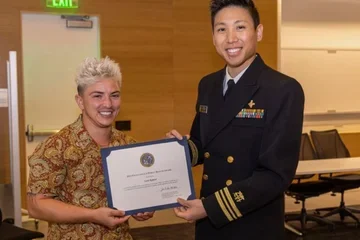Who acquires infection from whom? Neutral allele frequency fluctuations can tell
Dr. Oskar Hallatschek

November 12th, 2025 | Add to calendar
Who acquires infection from whom? Neutral allele frequency fluctuations can tell
Abstract: The surveillance of virus sequence variants has been ramped up steeply in response to the SARS-CoV-2 pandemic, especially in England. As a consequence, massive data sets of variant frequencies are available at an unprecedented spatio-temporal resolution. For most surveillance purposes, one would like to filter out allele frequency fluctuations, in order to confidently detect which variants are rising or declining compared to their competitors. In part, fluctuations represent measurement errors induced, e.g., by finite sample sizes or variations in testing and reporting. But there are also biological sources for true allele frequency variations. For example, random genetic drift and migration will cause allele frequencies to change in space and time. This also means that the way allele frequencies fluctuate in space and time should contain information about these neutral population genetic forces.
In this talk, I present our attempts to analyze neutral SARS-CoV-2 frequency fluctuations. We show that they are over dispersed consistent with Luria-Delbrück effects resulting from sub-outbreaks [1]. We also show the rich spectrum of frequency fluctuations can be used to infer an infectivity matrix that describes the rate of transmission of infection between different groups in a population, such as people of different ages or locations [2]. These infectivity matrices are usually inferred indirectly, from survey data or mobility proxies such as mobile phones. We argue that correlations between allele frequency time series offer a noisy but direct view on these crucial ingredients of epidemic models. Beyond its epidemiological significance, we hope our method could be useful in other contexts where detailed and group-resolved allele frequency time series are available, for example, in the population genomics of densely sampled historical DNA.
[1] Yu, Q., Ascensao, J. A., Okada, T., COVID-19 Genomics UK (COG-UK) Consortium, Boyd, O., Volz, E., & Hallatschek, O. (2024). Lineage frequency time series reveal elevated levels of genetic drift in SARS-CoV-2 transmission in England. PLoS Pathogens, 20(4), e1012090.
[2] Okada, T., Isacchini, G., Yu, Q., & Hallatschek, O. (2024). Uncovering heterogeneous inter-community disease transmission from neutral allele frequency time series. medRxiv, 2024-12.
Dr. Oskar Hallatschek
Department of Physics, UC Berkeley
ohallats@berkeley.edu | Personal page
Host: Mary Sehl & Yunbei Pan



